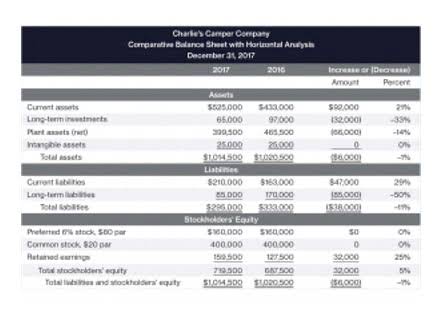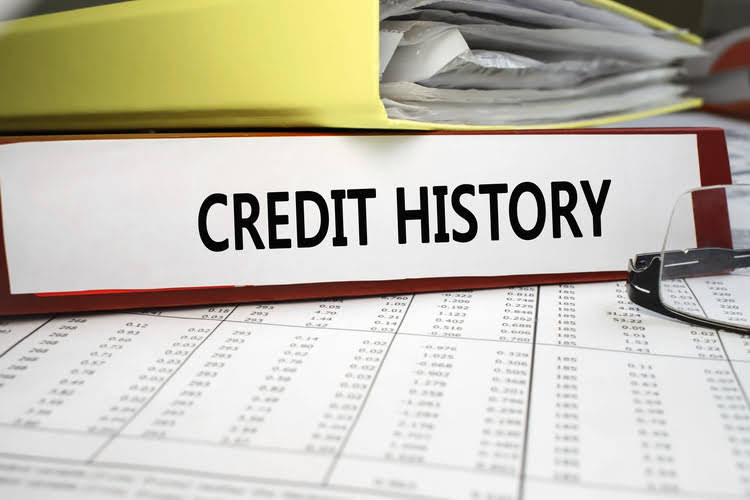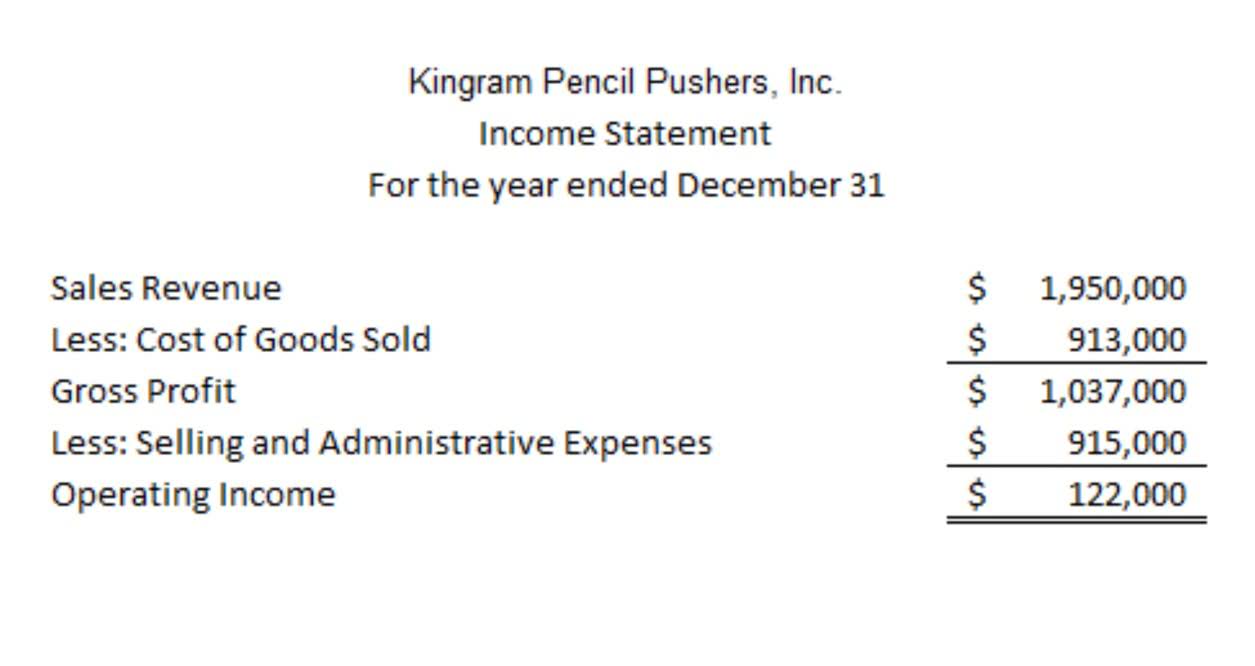
Purchase ledgers and sales ledgers are valuable resources that allow you to track both incoming and outgoing funds, with numerous templates available to download. Whether it’s paying a utility bill, purchasing laptops for your employees, or selling 1,000 baseball bats, it’s essential that any transaction that involves money, either coming in or going out, is recorded properly. The purchase ledger is also known as the purchase subledger or purchase subaccount. Curtis directed the Evening Public Ledger for most of its existence, attempting to duplicate with newspapers his success with magazines. He served as the chairman of the editorial board in the paper’s earliest years with purchase ledger P.H. Whaley as the executive editor and John C. Martin, who married Curtis’ second wife’s daughter, as the general business manager.
Maintaining Accounts Payable
- A sales ledger is a type of accounting ledger that is used in businesses to keep track of all their sales and revenue.
- These will include purchase invoices, purchase credit notes and any payments that have been made.
- Sub-ledgers (subsidiary ledgers) within each account provide additional information to support the journal entries in the general ledger.
- Integration provides a real-time view of outstanding liabilities, aiding cash flow management.
- It is broken down into several different accounts that show what assets are, liabilities and equity, revenues/income, and expenses/costs.
At the end of the month, the amount column in the journal is totaled, and this amount is posted as a debit in the general ledger purchases account. Postings from the purchases journal follow the same pattern as postings from the sales journal. Each day, individual purchases should be posted to the vendor’s account in the accounts payable subsidiary ledger. The purchase ledger helps XYZ Coffee Shop track each transaction with their suppliers, ensure they are paying their invoices on time, and monitor any discounts received.
AP & INVOICE PROCESSING

Other names used for the purchases journal are the purchases book, purchases daybook, and the credit purchases journal. This team of experts helps Finance Strategists maintain the highest level of accuracy and professionalism possible. On the other hand, a sales ledger is an asset and should always have a debit balance, since it represents money owed to your company. The purchase ledger contains detailed information related to any purchases made during a specific period. The general ledger account only displays the balance of the purchase ledger, with all details remaining in the ledger. If the purchasing volume is relatively low, then there is no need for a purchase ledger.
Essential Skills for Success as a Modern Accountant

This reduces reliance on external financing and helps maintain healthy cash reserves. Purchase ledgers significantly impact cash flow by offering a clear picture of financial obligations. They help businesses forecast cash requirements accurately, enabling efficient liquidity management and avoiding cash shortages during periods of fluctuating income. By analyzing payment patterns and upcoming obligations, businesses can plan for peak expenditure periods and maintain sufficient reserves.
- A purchase ledger account is not maintained by the purchasing department but is in the database of the accounts team of an organization.
- At the end of the accounting period, the total in the sales journal should be posted to the general ledger reflecting the total accounts receivable balance.
- Businesses rely on the bought ledger to maintain financial control, manage cash flow effectively, and cultivate strong relationships with suppliers.
- Our writing and editorial staff are a team of experts holding advanced financial designations and have written for most major financial media publications.
- Integrating purchase ledgers with accounts payable systems streamlines financial operations by ensuring procurement transactions are accurately recorded and matched with corresponding invoices.
Why Are Bookkeeping and Accounting Processes Important?

Stock market information from Philadelphia, New York, and London and the society pages highlighting engagements among the city’s prominent families represented significant features. The intended audience was conservative, middle-class Philadelphians, and the paper was more entertaining than its morning counterpart, the Public Ledger. The Evening Public Ledger’s objective journalism and its style of writing helped make it standard daily reading for the upper-middle class in Philadelphia. Much space was devoted to financial information and to advertisers, with many local businesses purchasing full-page ads. In an effort to appeal to Philadelphia’s Italian community, which was the second largest in the nation, the Evening Public Ledger published an Italian–language article with a dateline from Rome several times a week. The paper also included obituaries, classifieds, and later a cartoon column titled “Scrapple” in each edition.

Also commonly referred to as a general ledger, it is the repository of all of your financial transactions. Additionally, integration supports regulatory compliance by ensuring transactions adhere to accounting standards and tax regulations. Systems that track procurement and payment processes help meet requirements like Section 404 of the Sarbanes-Oxley Act, which mandates internal controls over financial reporting. This compliance bolsters the credibility and reliability of financial statements, which is critical for stakeholders and investors. Effective ledger management optimizes payment schedules, allowing businesses online bookkeeping to take advantage of early payment discounts, often ranging from 1% to 2% of the invoice amount. Prioritizing payments based on cash flow projections also helps avoid costly late payment penalties.

Sub-ledgers are great for accounts that require more details to review the activity, such as purchases or sales. A general journal records every business transaction in chronological order—it is the first point of entry into the company’s accounts. The general ledger is Law Firm Accounts Receivable Management the second entry point to record a transaction after it enters the accounting system through the general journal. The purchase ledger provides detailed information about each purchase, which is later aggregated and posted to a control account in the general ledger. A purchase ledger records all business transactions relating to the purchase of goods and services. Before accounting software, purchases were recorded by purchase ledger clerks.


